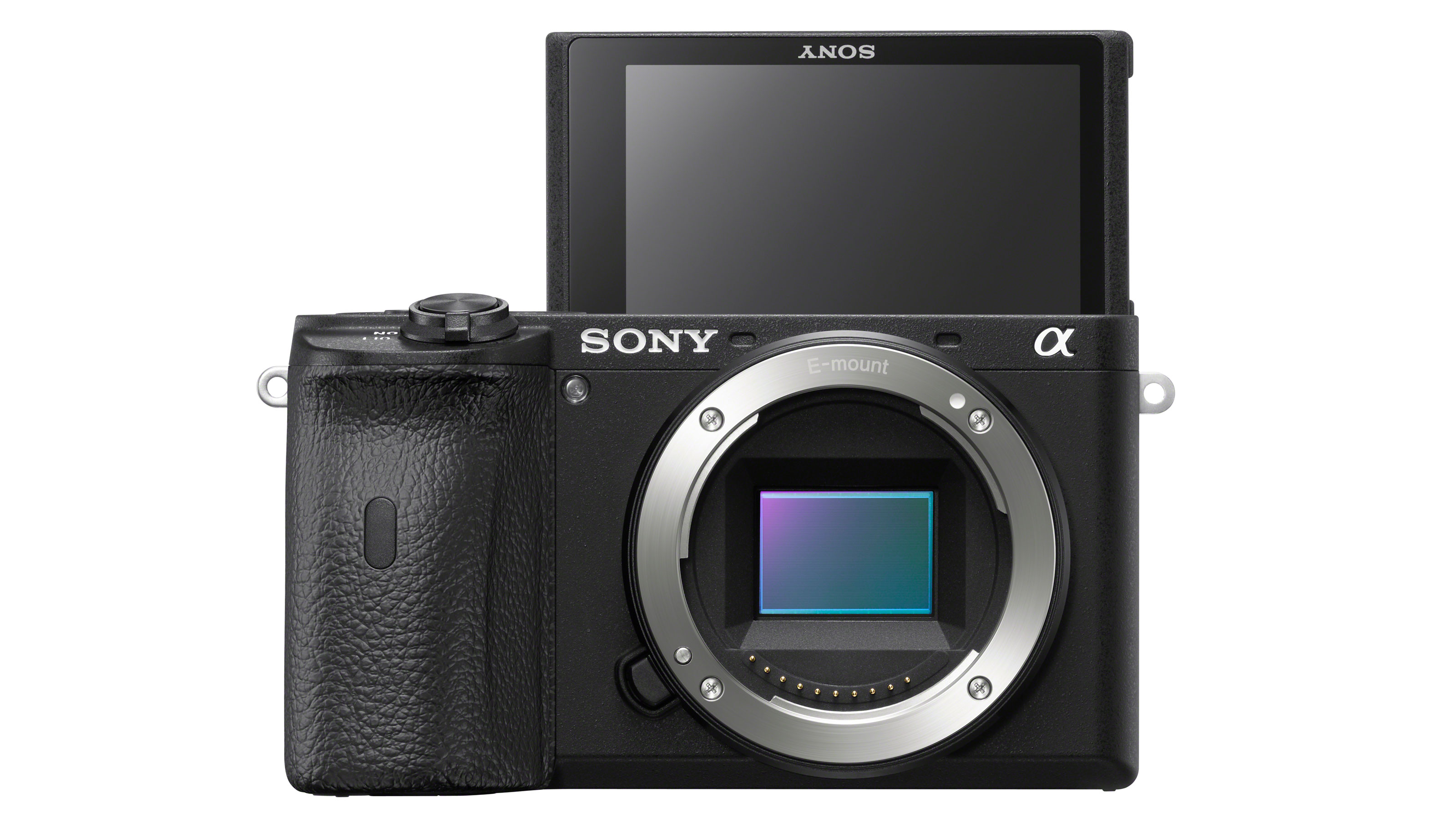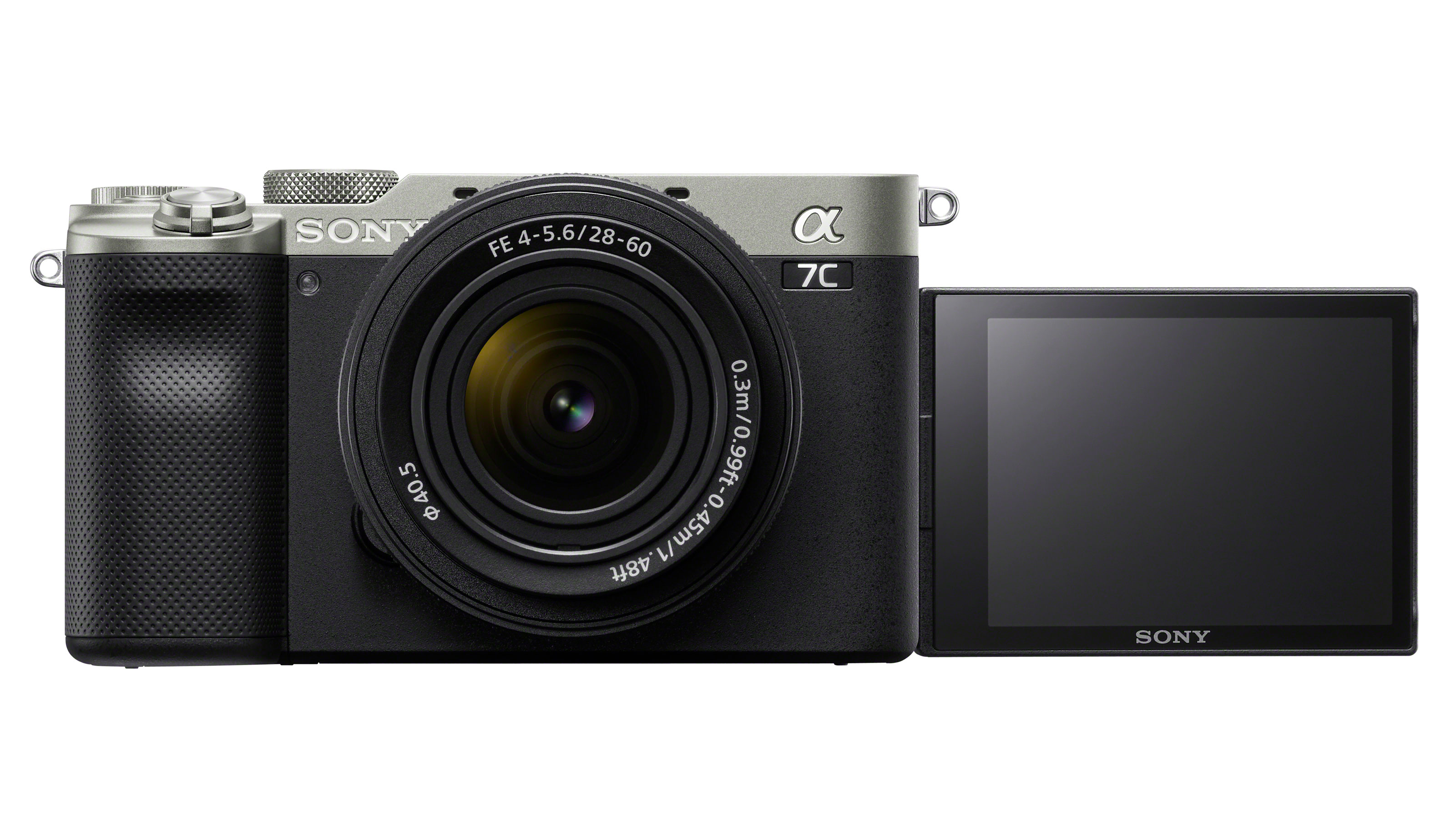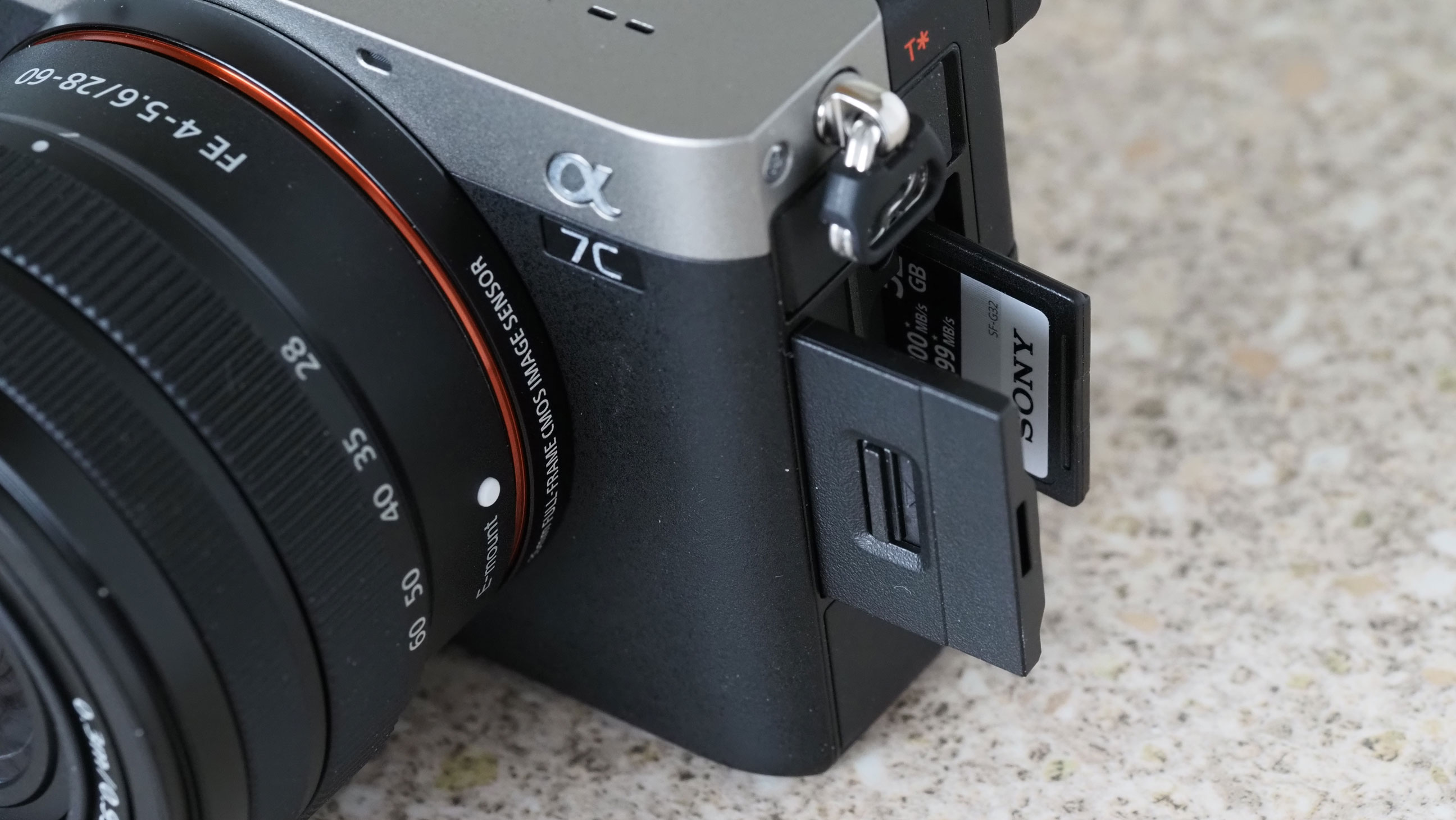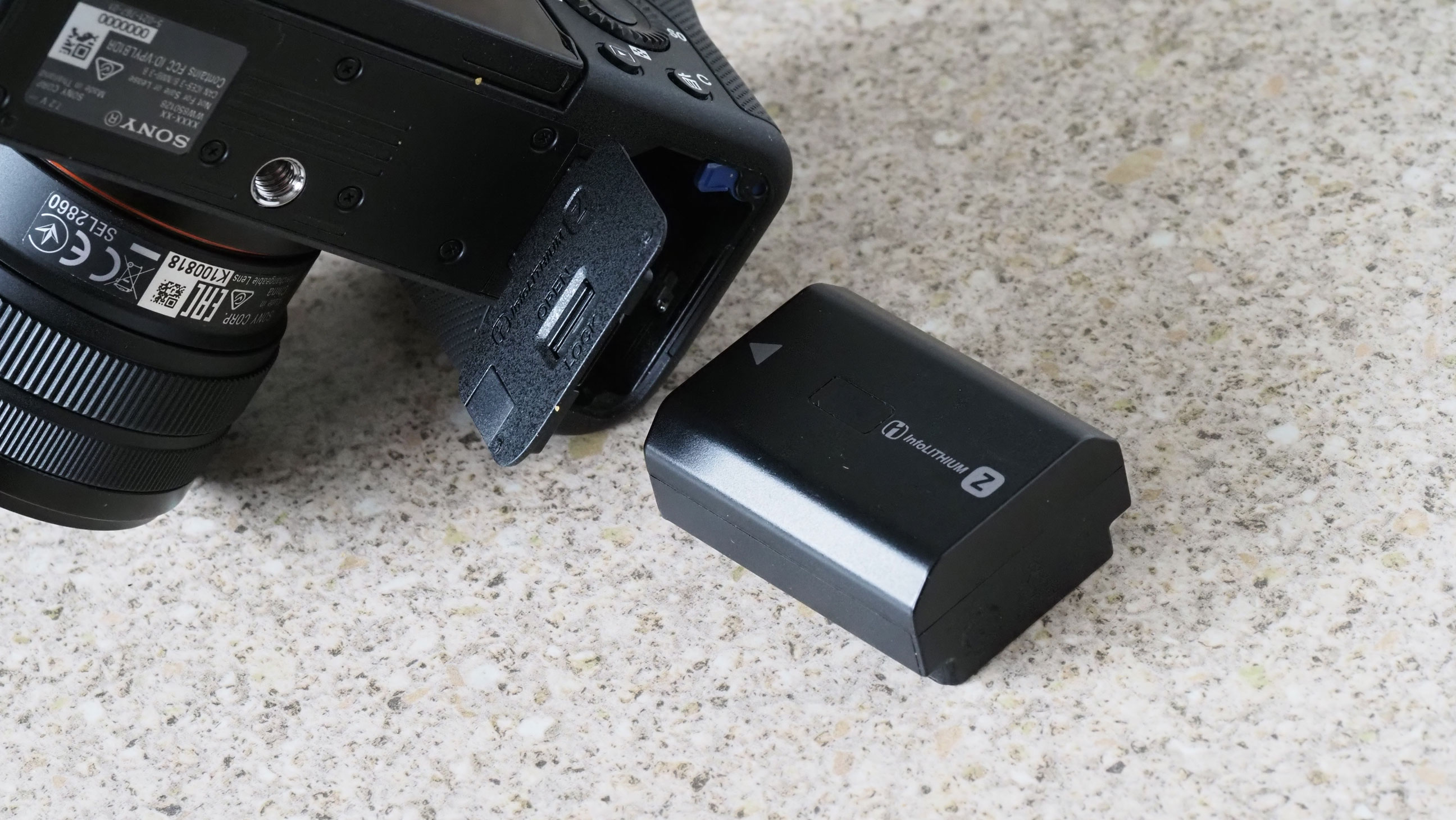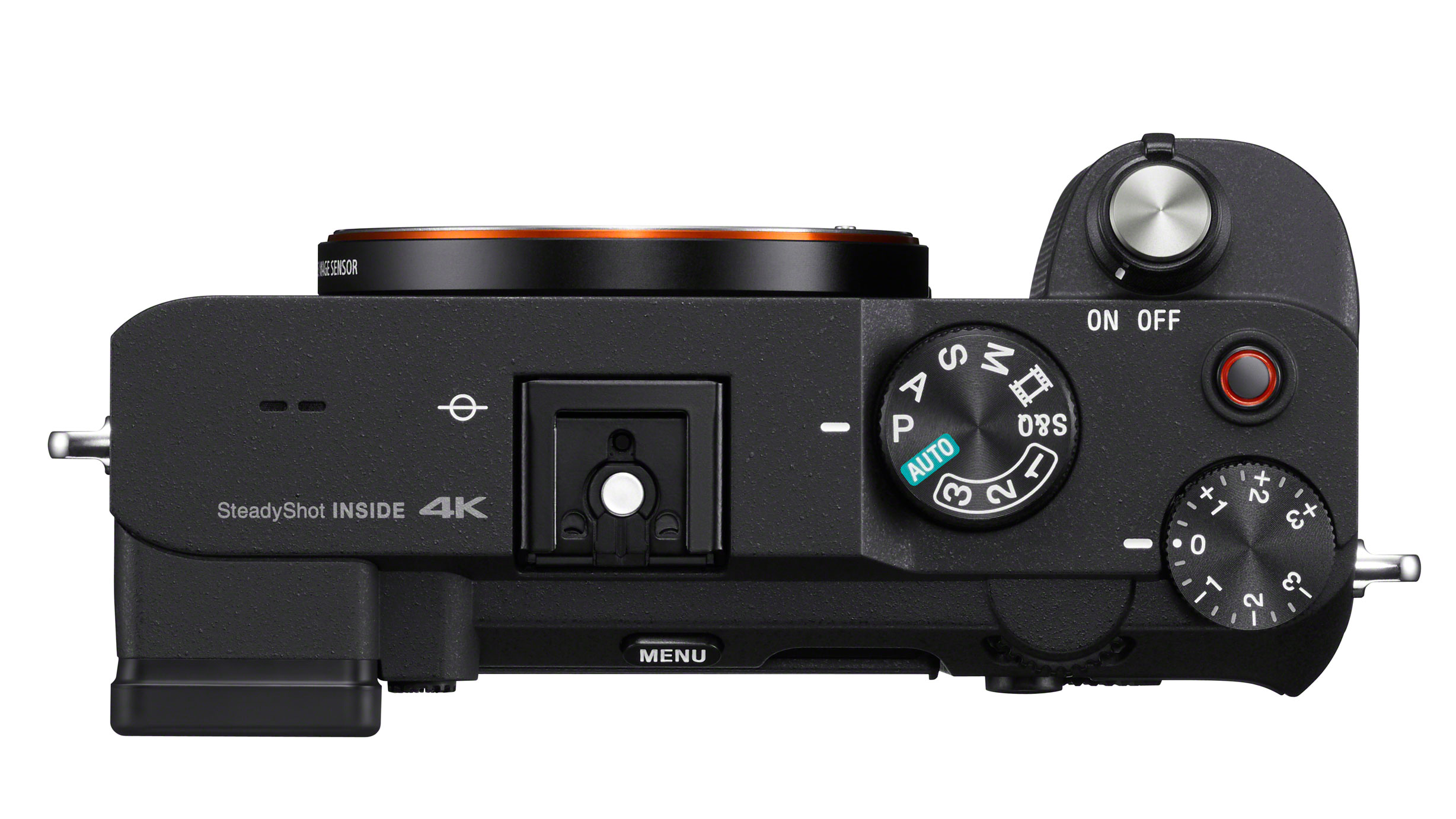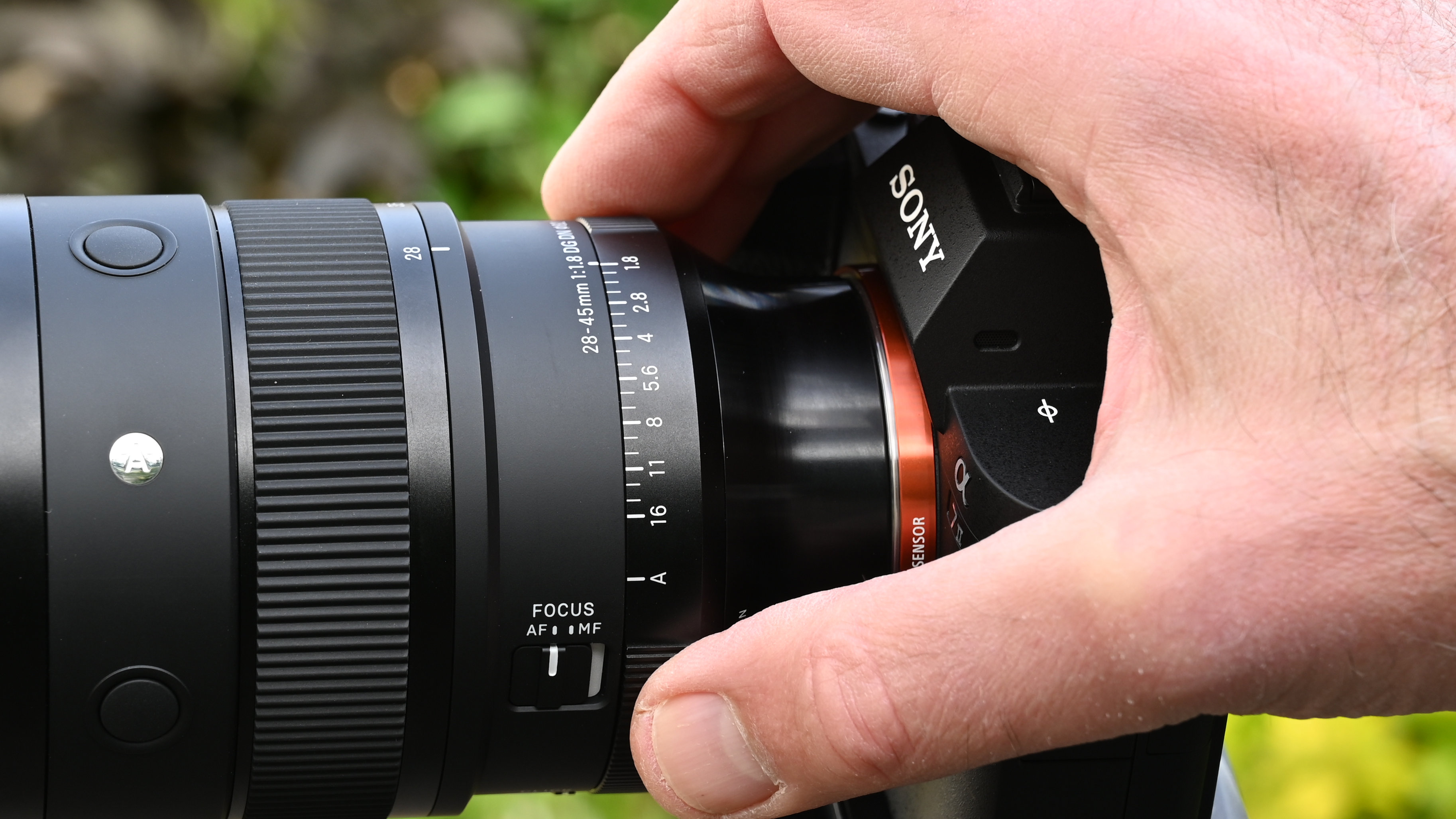Sony A7C vs A6600: both have 24MP sensors and shoot 4K video – so which is best?
If you’re looking for a small Sony camera, should you go for the A7C or the A6600? We can help with that decision!
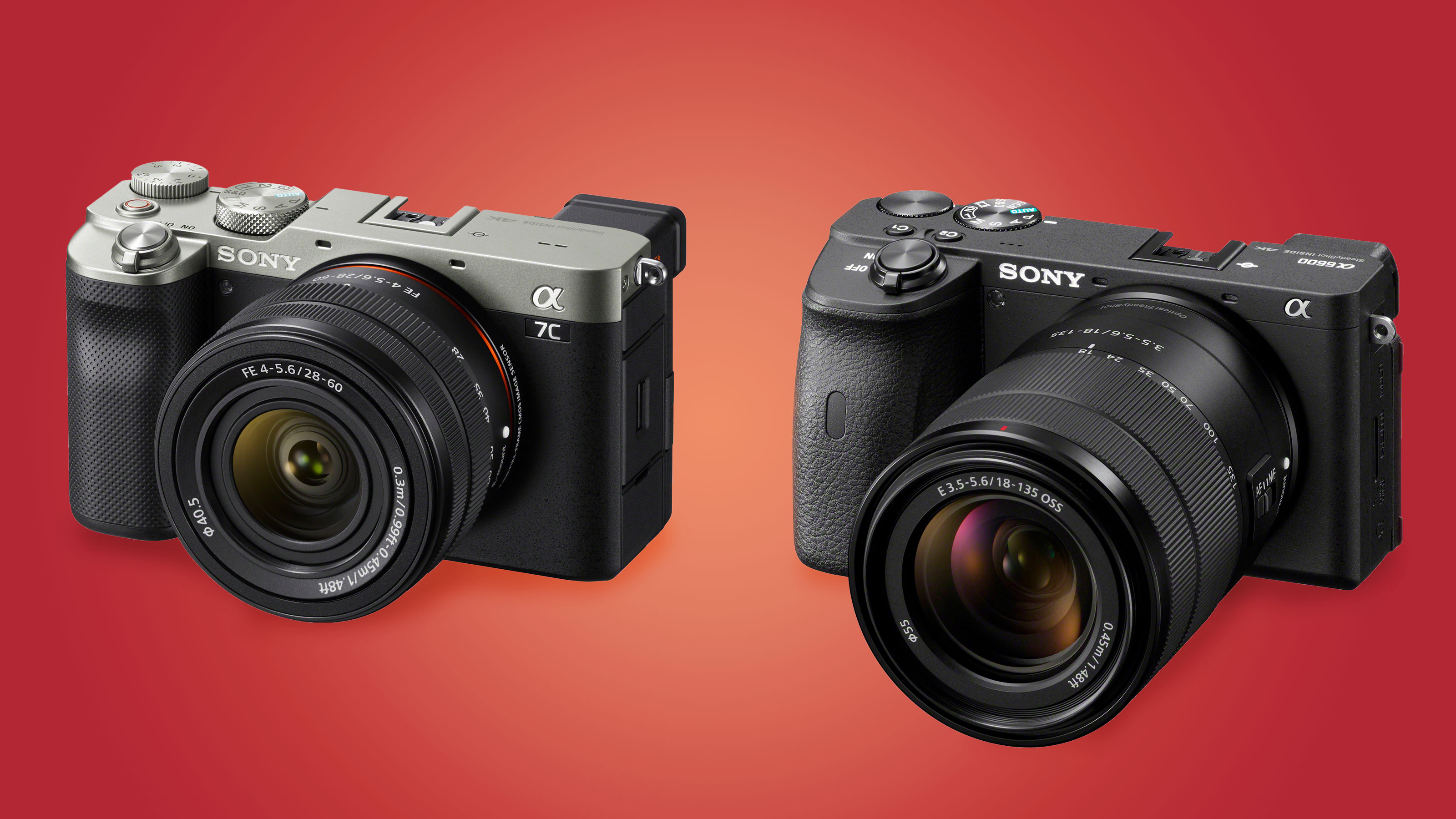
Until recently, if you wanted a compact interchangeable lens camera from Sony, the A6xxx-series was the logical place to look, with the Sony A6600 being the most advanced example. However, in September 2020, Sony announced the A7C, a full-frame mirrorless camera that’s more compact than the other cameras in its full-frame line-up. That’s impressive, as the other A7-series cameras aren’t exactly huge!
It’s great to have a choice, but how do you decide between the A7C and the A6600? Both cameras have 24MP sensors, albeit different sensor sizes, and they even cost about the same. In this post we take a look at the key differences between these two Sony cameras to help you make the right choice for your photography.
1. Sensor
• Sony A7C: 24.2Mp Full frame (35.6 x 23.8mm), Exmor R CMOS
• Sony A6600: 24.2MP APS-C (23.5 x 15.6mm) Exmor CMOS
Although they have the same pixel count, the Sony A7C and A6600 have different sized sensors. The A7C is a full-frame camera whereas the A6600 has an APS-C format sensor. This gives the A7C an advantage for image quality as each pixel on the sensor is larger and therefore generates a stronger image signal.
While the A7C and A6600 have the same lens mount and can both accept Sony FE or Sony E mount optics, the A6600 is a more natural match for Sony E mount lenses as they only cover an APS-C format sensor. These lenses are smaller and lighter than their FE-mount counterparts.
2. Autofocus system
• Sony A7C: Fast Hybrid with 693 phase detection points and 425 contrast detection points
• Sony A6600: Fast Hybrid AF (phase-detection and contrast-detection each with 425 points)
Unsurprisingly given its larger sensor size, Sony gave the A7C more AF points so that it has good coverage across the frame. In fact, if you mount an APS-C format lens on the A7C, it still has 221 phase detection points at its disposal. That suggests that they’re not quite as tightly packed as on the A6600’s sensor, but there’s still 93% coverage of the whole sensor when the contrast detection is also taken into account.
Both cameras also offer Face Detection and Real-Time Eye AF, and the Eye AF can be set to look for human or animal eyes in stills mode, or human eyes when shooting video. That’s great news for a wide range of photographers, but especially those who shoot portraits on a frequent basis.
3. Screen
• Sony A7C: Vari-angle 3-inch 921,600-dot vari-angle touchscreen
• Sony A6600: 3-inch 921,600-dot tilting touchscreen
The two cameras have the same size and resolution screens, however, the A6600 has a tilting screen whereas the A7C has a vari-angle unit. While, the A6600’s screen can be tilted up through 180° for viewing from in front of the camera, or down through 74° for shooting at above head height, the tilting mechanism is only of use when the camera is in landscape orientation. The A7C’s screen is more versatile as it can be angled to give a clear view when shooting in landscape or portrait orientation.
Although it seems to have woken up to the benefits of touch-control, Sony has only made relatively limited use of it with the A7C and A6600, so don’t expect to be able to make menu setting selections with taps on the screen of either camera.
4. Viewfinder
• Sony A7C: 0.39-inch 2,359,296-dot OLED
• Sony A6600: 0.39-inch 2,359,296-dot OLED
Despite their different sensor sizes, the A7C and A6600 have the same size and resolution electronic viewfinder. This means that the A7C’s EVF has lower magnification (0.59x) than the A6600’s (0.70x) and at any given focal length, the image looks a bit more cramped in the full-frame camera’s viewfinder.
The A7C’s viewfinder also has a shorter eye point (20mm vs 23mm), which means that your eye needs to be 3mm closer to get a clear view.
5. Storage
• Sony A7C: SD/SDHC/SDXC UHS-II
• Sony A6600: SD/SDHC/SDXC UHS-I
Both cameras have a single SD/SDHC/SDXC card slot but the A7C’s is compatible with faster UHS-II compliant media whereas the A6600 is limited to UHS-I. That may seem a little out of step with the A6600’s flagship APS-C format status, but like the A7C it is still able to record 4K video internally.
6. Continuous shooting
• Sony A7C: 10fps
• Sony A6600: 11fps
While the A6600 has a slightly higher maximum continuous shooting rate, the A7C can maintain its maximum shooting rate of 10fps for 220 JPEGs or 115 raw files, which beats the 116 Jpeg or 46 raw file burst depth of the A6600 at 11fps.
The ability to shoot at 11fps for just over 4 seconds when recording raw files is likely to be enough in most situations, but the extra flexibility of the A7C could be of use with unpredictable action. It enables raw file-shooting for 11.5 seconds at 10fps.
7. Battery life
• Sony A7C: 680 shots when using the viewfinder, 740 shots when using the screen
• Sony A6600: 720 shots when using the viewfinder, 810 shots when using the screen
Even though they use the same FZ1000 battery, the A7C and A6600 don’t have the same battery life. CIPA tests indicate that you can expect to get around 40 shots more from the A6600’s battery when the viewfinder is used to compose images and 70 more when the screen is used. The difference is likely down to the extra power required by the A7C’s larger sensor.
8. Dimensions
• Sony A7C: 124.0 x 71.1 x 59.7mm, 509g with battery and memory card
• Sony A6600: 120.0 x 66.9 x 69.3mm, 503g with battery and memory card
It’s remarkable how close in size the A7C is to the A6600, it would be easy to think that they have the same sized sensor. There’s also only 6g difference in their weight, which is completely unnoticeable in your hand.
What will add to the size and weight of your kit, however, is the full-frame lenses if you opt for the A7C rather than the A6600.
Sony A7C vs A6600: conclusions
Aside from their sensor size, the Sony A7C and A6600 are incredibly similar, which makes it very hard to choose between them. However, opting for the A6600 saves you a nice slice of cash and means you can opt for the smaller, lighter and more affordable E-mount lenses rather than FE optics.
However, opting for the full-frame camera will enable you to capture slightly better-quality images. Also, if at some point you think you may upgrade to a full-frame camera, it means that there’s more reason to start developing your full-frame lens collection.
Ultimately, if size, weight or cost are your main concern, then the Sony A6600 is the camera to go for. If, however, you don’t mind spending a bit more to get the better image quality, and you’re prepared to pick your lenses carefully, the Sony A7C makes a great choice.
How we test cameras
Why you can trust Digital Camera World
We test mirrorless and DSLR cameras both in real-world shooting scenarios and in carefully controlled lab conditions. Our lab tests measure resolution, dynamic range and signal to noise ratio. Resolution is measured using ISO resolution charts, dynamic range is measured using DxO Analyzer test equipment and DxO Analyzer is also used for noise analysis across the camera's ISO range. We use these real-world testing and lab results to inform our comments in buying guides. For compact cameras and phones, we judge on real world handling and photographic results alone.
Read more:
• Best Sony cameras
• Best mirrorless cameras
• Best full frame cameras
• Best 4K cameras for video
• Best cameras for vlogging
The best camera deals, reviews, product advice, and unmissable photography news, direct to your inbox!
Angela has been testing camera gear from all the major manufacturers since January 2004 and has been Amateur Photographer’s Technical Editor and Head of Testing for Future Publishing’s photography portfolio (Digital Camera Magazine, PhotoPlus: The Canon Magazine, N-Photo, Practical Photoshop, Photography Week and Professional Photography magazines, as well as the Digital Camera World and TechRadar websites). She is the founder of SheClicks - a community group that encourages and supports female photographers.
